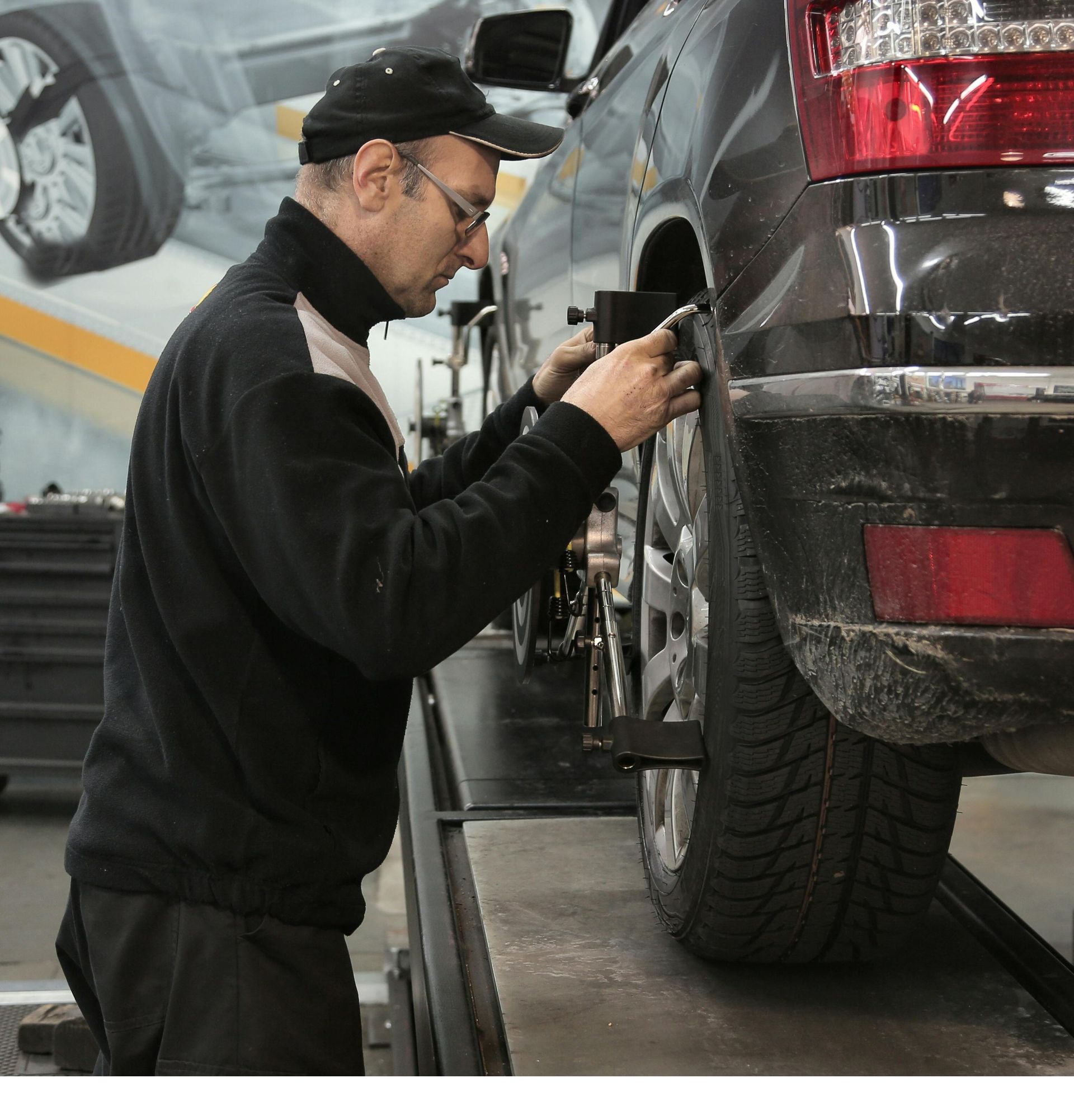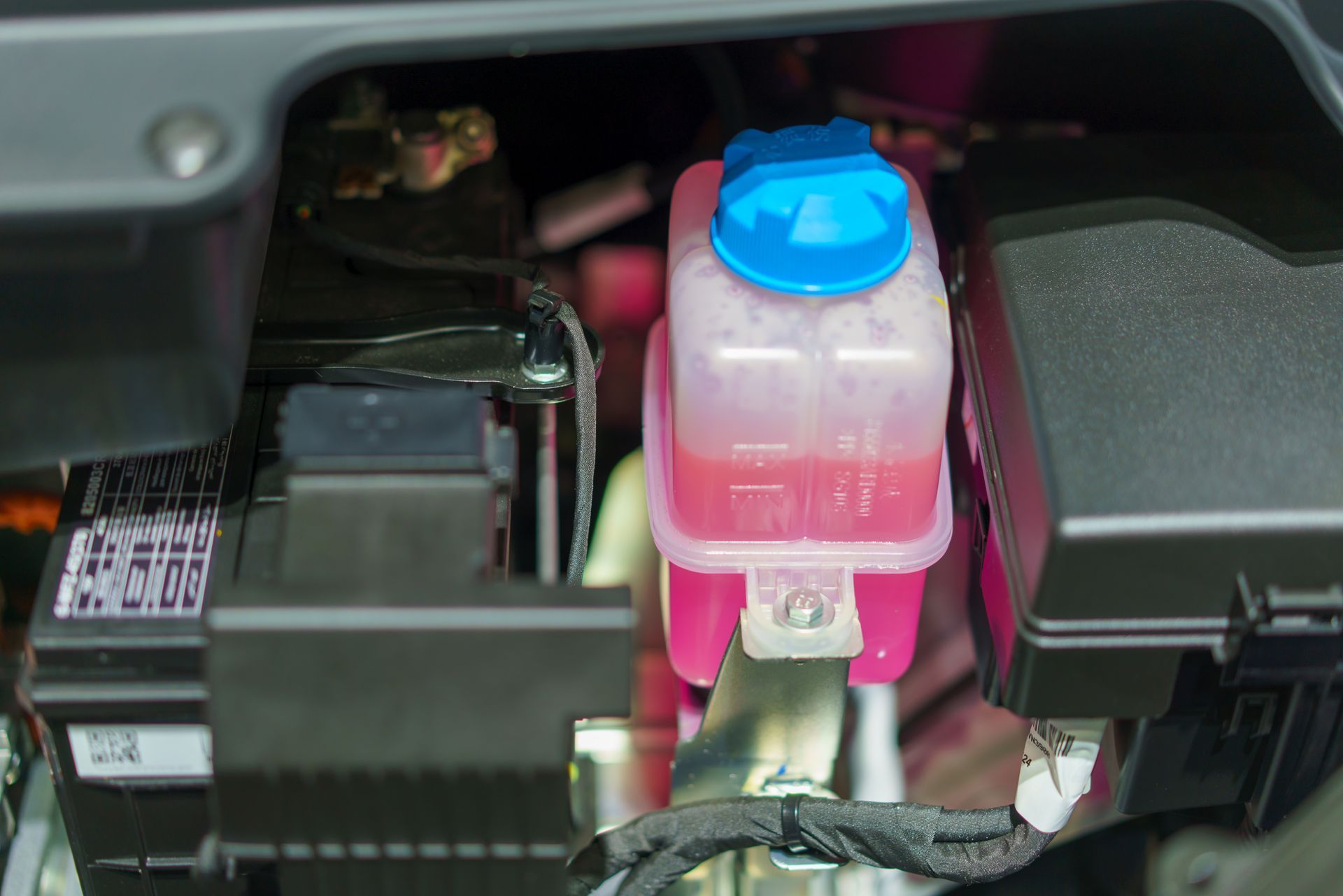At Lakeview Automotive in Moore, SC, we understand that vehicle maintenance can sometimes feel overwhelming. With so many components to consider, it's easy to overlook the crucial roles that belts and hoses play in keeping your car running smoothly. However, these parts are vital to your vehicle's performance and safety. In this guide, we'll delve into why belts and hoses matter, how you can maintain them, and when it's time to seek professional help.
Understanding the Role of Belts and Hoses
Belts and hoses may not be the most glamorous parts of your vehicle, but they are undeniably important. Belts transfer power from the engine to other components, such as the alternator, power steering pump, and air conditioning compressor. Hoses, on the other hand, circulate vital fluids, including coolant, brake fluid, and fuel, ensuring that your vehicle operates efficiently.
The Types of Belts and Hoses in Your Car
There are several types of belts and hoses within your vehicle, each serving a distinct function:
Serpentine Belt
The serpentine belt, also known as the drive belt, is responsible for powering multiple peripheral devices. It's a single, continuous belt that weaves through a series of pulleys. Given its critical role, regular inspections of the serpentine belt can prevent severe damage and costly repairs.
Timing Belt
The timing belt synchronizes the rotation of the crankshaft and camshaft, ensuring your engine's valves open and close at the right times. If the timing belt fails, your engine could suffer extensive damage, highlighting the importance of timely replacements as per your vehicle manufacturer's recommendations.
Radiator and Heater Hoses
These hoses circulate the coolant between the engine and radiator, maintaining optimal operating temperatures by dissipating excess heat. Regular checks for leaks, cracks, and softness can help avoid overheating issues.
Signs Your Belts and Hoses Need Attention
Being proactive about belt and hose maintenance can save you time and money in the long run. Look out for these warning signs:
- Visible Wear and Tear: Cracks, frays, or grooves on belts and hoses indicate deterioration.
- Strange Noises: Squealing or squeaking noises could suggest a problem with your belts or pulleys.
- Fluid Leaks: Puddles under your vehicle or around the engine bay may signal a leaking hose.
- Overheating: A sudden rise in engine temperature often points to a coolant hose issue.
Maintenance Tips from Lakeview Automotive
Regular maintenance can extend the life of your belts and hoses. Here's how we at Lakeview Automotive suggest you keep these components in top shape:
Routine Inspections
Schedule regular inspections, ideally during your oil changes, to detect signs of wear early. Our skilled technicians at Lakeview Automotive are well-versed in identifying subtle signs that may indicate an upcoming issue.
Keep Your Hoses Clean
Dirt and oil buildup can accelerate the degradation of hoses. Keep them clean and dry to prolong their lifespan.
Replace as Needed
Follow your vehicle's manual for recommended replacement intervals for belts and hoses. At Lakeview Automotive in Moore, SC, we can provide tailored service plans to fit your specific needs.
When It's Time to Visit Lakeview Automotive
While regular DIY maintenance is beneficial, professional evaluation is crucial for complex components like belts and hoses. If you're in Moore, SC, and notice any signs of wear, unusual noises, or experiencing performance issues, it's time to visit Lakeview Automotive. Our team is ready to provide expert diagnostics and repairs to ensure your vehicle remains in peak condition.
By staying informed and proactive about your vehicle's belts and hoses, you can drive with confidence, knowing you're maintaining the safety and efficiency of your vehicle. Contact Lakeview Automotive today for your belt and hose inspection or replacement needs.






